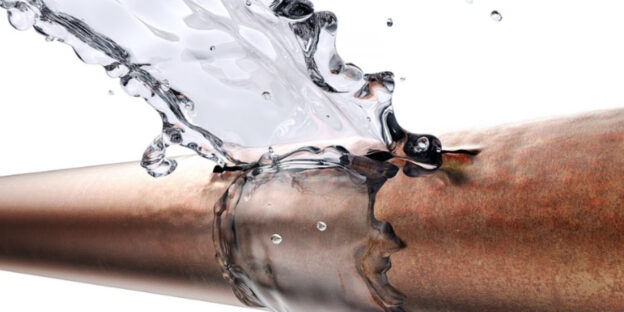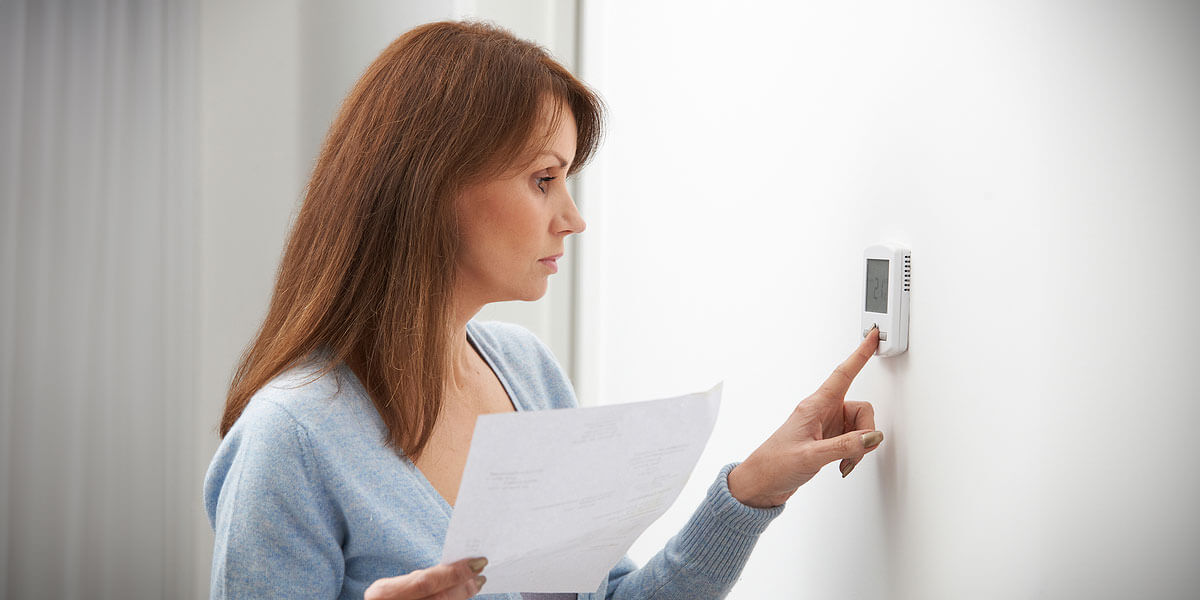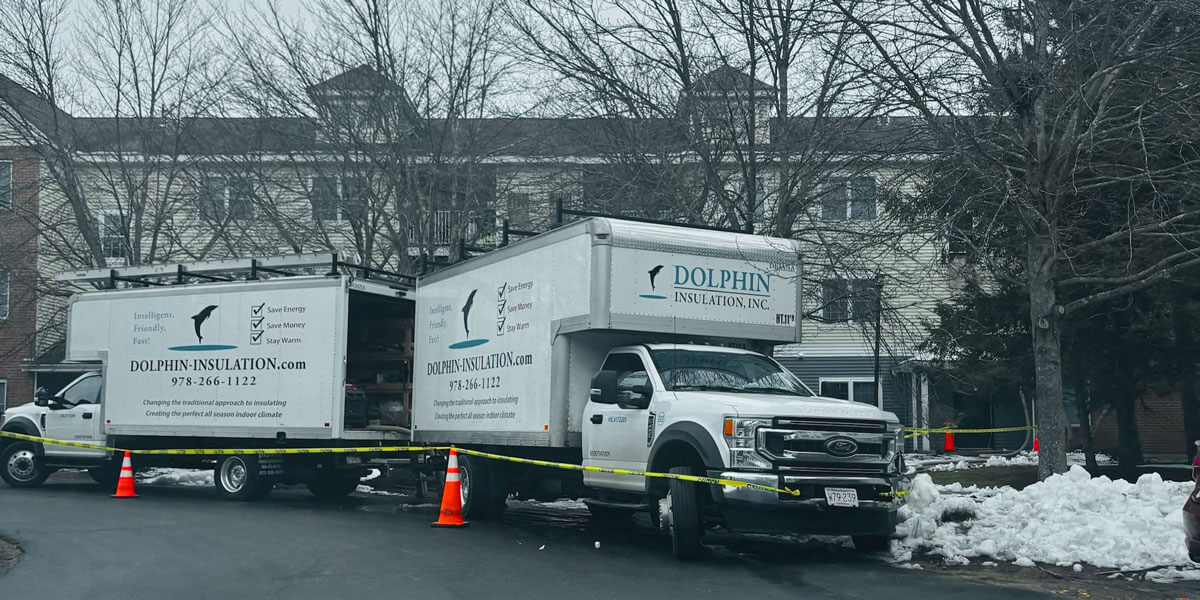When the temperatures drop to extreme levels in the winter, there is always the concern about freezing pipes and what to do to prevent them. The concern is greater if you have a duct-less split or heat pump system, which typically struggles to warm the home when temps fall below freezing.
There are many tactics you can try, such as wrapping your pipes in duct insulation, leaving under-sink cabinet doors open, and turning up your thermostat. Neither of these tactics is very effective. Turning up your thermostat is especially inefficient, particularly with the high cost of energy these days. Your HVAC will be running all day and night, especially if it sits in non-conditioned space such as your attic.
Protect your pipes from freezing in the next arctic blast
What’s the best solution for frozen pipes? Many people think it’s calling a plumber, which you should definitely do to repair the pipes. But to avoid having your pipes freeze in the first place, insulating your home is the way to go! A “Hot Roof” insulation installation in your attic, along with insulation of your walls and basement, will place your pipes as well as your HVAC system in conditioned space. You’ll gain serenity from knowing that your pipes are protected from freezing (and the costs related to that). Plus, your HVAC won’t need to work as hard and you won’t need to turn up your thermostat during the next deep freeze, yet you’ll have uniform warmth and comfort throughout the home. You’ll have energy-efficiency and heating (and cooling) cost savings all year round.
See our video of the steps we take in a hot roof installation and what it entails:
Learn more about protecting your home during extreme cold, increasing your home’s comfort and reducing energy costs.
Hot Tip:
Having your HVAC in non-conditioned space is like having it outside but a hot roof installation places it in the conditioned space, allowing it to work less and keep your home warmer or cooler depending on the season.
Cool Fact:
The best way to prevent ice dams (and ice dam insurance claims) is to install a “hot roof” – insulation of the walls and roof of your attic.

















